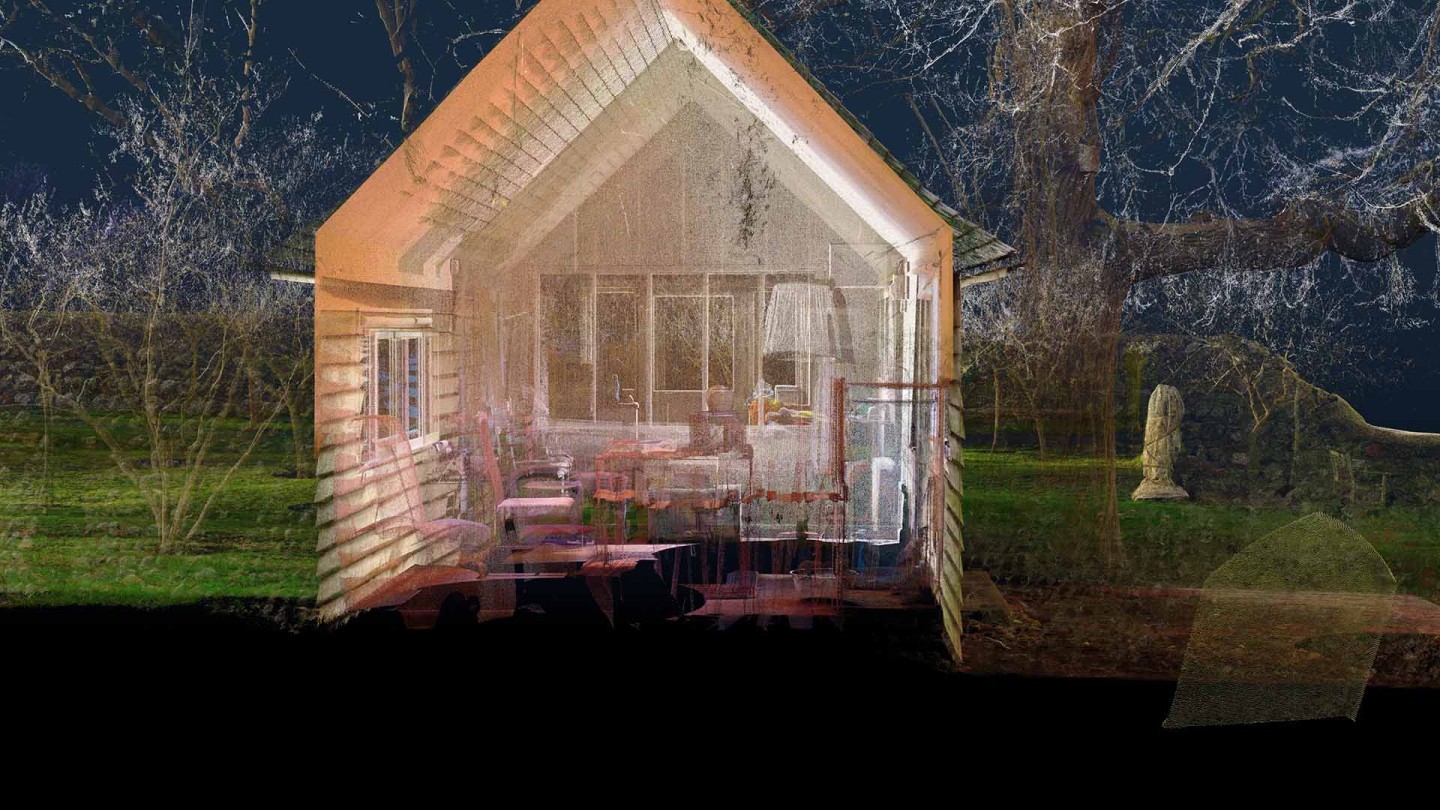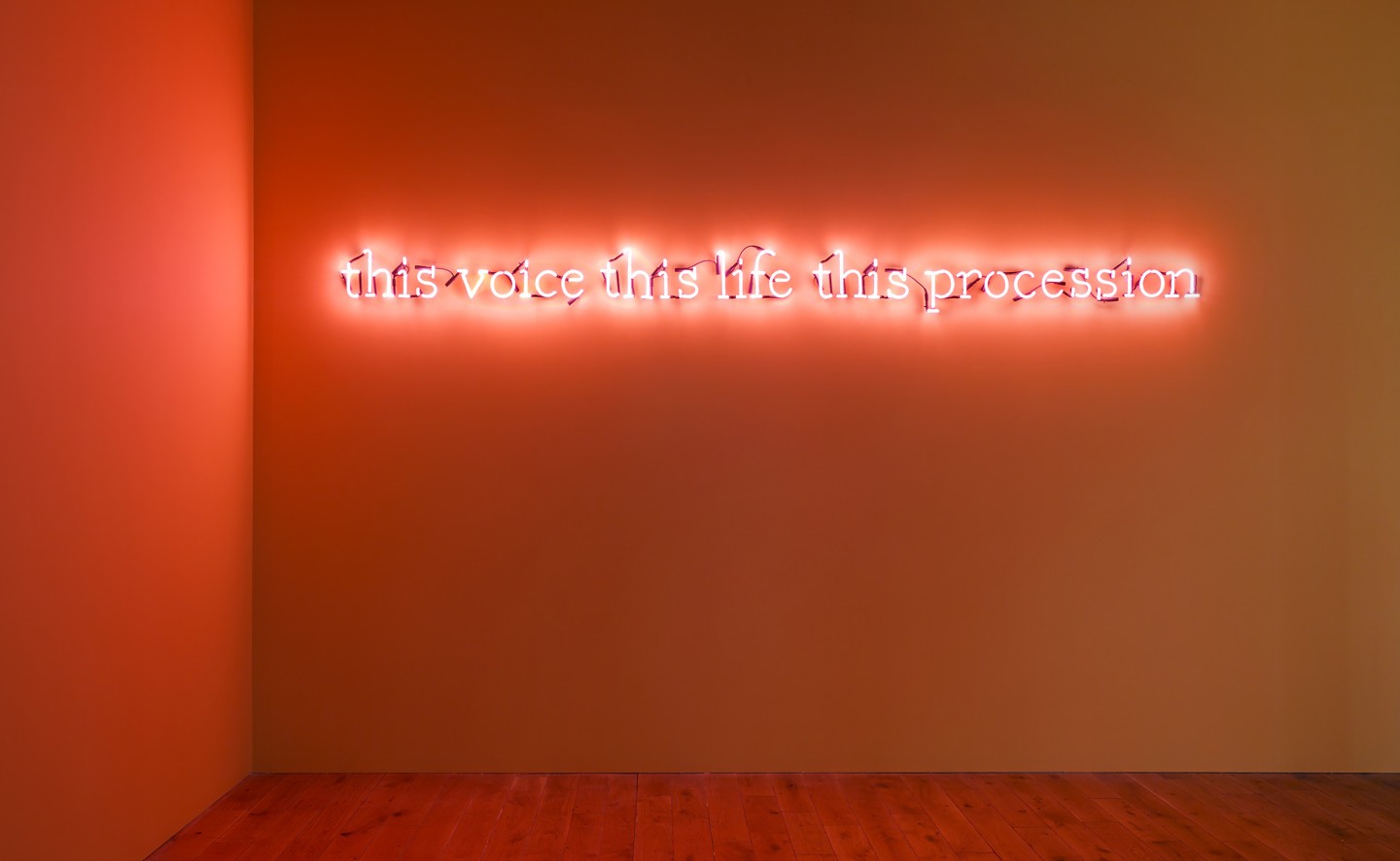Fine Art Programme Leader, Chara Lewis, presents new exhibition at HOME marking the 25 years of collaborative art collective, Brass Art

Brass Art is a 25-year collaborative project between Chara Lewis, Kristin Mojsiewicz and Anneké Pettican, based in Manchester, Glasgow and Huddersfield, UK. Within their collaborative art practice, they use analogue and digital technologies as a means to disrupt conventional narratives and to capture themselves in real and imagined situations. Manifest as miniature 3D models, morphic silhouettes, drawings and shadowy digital sprites, their artwork returns to themes of the double, the in/animate, the limen and the atemporal.
Talking on the incredible 25 year journey of Brass Art, Chara Lewis said: “Brass Art stared out as a curatorial project at the Palace Hotel (now the Kimpton on Ox Rd) involving 13 female artists based in Manchester; at a time when young artists started making their own opportunities in the city by curating and showing in non-gallery sites. After a couple of shows the number reduced to 3 and we started collaborating on making work together fully in 1999. We have always worked in a range of media driven by the ideas and the themes we explore. Our approach to materials both physical and digital are very experimental often pushing at the parameters of the possible, misusing or reusing in whatever way interests us and playfully employing a lot of trial and error”.
Their latest exhibition ‘rock, quiver and bend’, which is open to visit for free at HOME until September 1stt, brings together immersive video, sculpture and lens-based media while exploring how light transforms materials through the use of analogue, digital and laser-based forms of capture. For HOME Brass Art have produced a new animated text work which floods the front space with a pulse of colour. This work meditates on life, death and the creative impetus, echoing the phrase this voice this life this procession in the vital medium of neon.
Lewis explained: “We have tried to narrow down the focus on a couple of key areas of our practice- firstly it is a culmination of a long term project Shadow Worlds| Writers’ Rooms leading to our occupation of sites of significant writing (of the Bronte Sisters, Freud and Woolf) all of which are heritage sites, and on the action of light and shadow- using laser based scanning technology, neon and illuminated 3D prints”.
In the exhibition, light digitally rakes through the house, garden and writing room of Virginia Woolf, transforming suspended silver landscapes and illuminating portraits of the artists disguised in cellophane. Normally closed to the public, Brass Art were permitted special access to scan themselves inside Woolf’s writing shed at Monk’s House, her last home in Rodmell.
Lewis commented: “The access was hard won through building a relationship with the National Trust Site which fields many requests; and enabled us to spend a whole day in her garden and writing shed with Lidar and Kinect scanners capturing the site and our performances within”.
Manchester Met have been long-term advocates of Brass Art, supporting in areas of funding and offering the use of the Manchester School of Art facilities to create work for their exhibitions.
Lewis explained the role that Manchester School of Art has played for Brass Art over the years: “Brass Art started when some of us were still on the MA in Fine Art, the late Prof John Hyatt was always so supportive of our projects, and once I was a member of staff , MIRIAD and subsequently MSARC research funding gave us vital financial support. Since being a student I have always made full use of the University’s technical workshops not just within Art & Design it has included the polymer workshop, maxillofacial casting workshop and 3D scanning via Zoology and Printcity. For ‘rock, quiver and bend’ specifically, we worked with Print City on hand scans and 3D prints, and 3D scanning artefacts with a hand-held scanner in Manchester Museum’s Botany store with the amazing Emma Rothwell (Technical officer)”.







